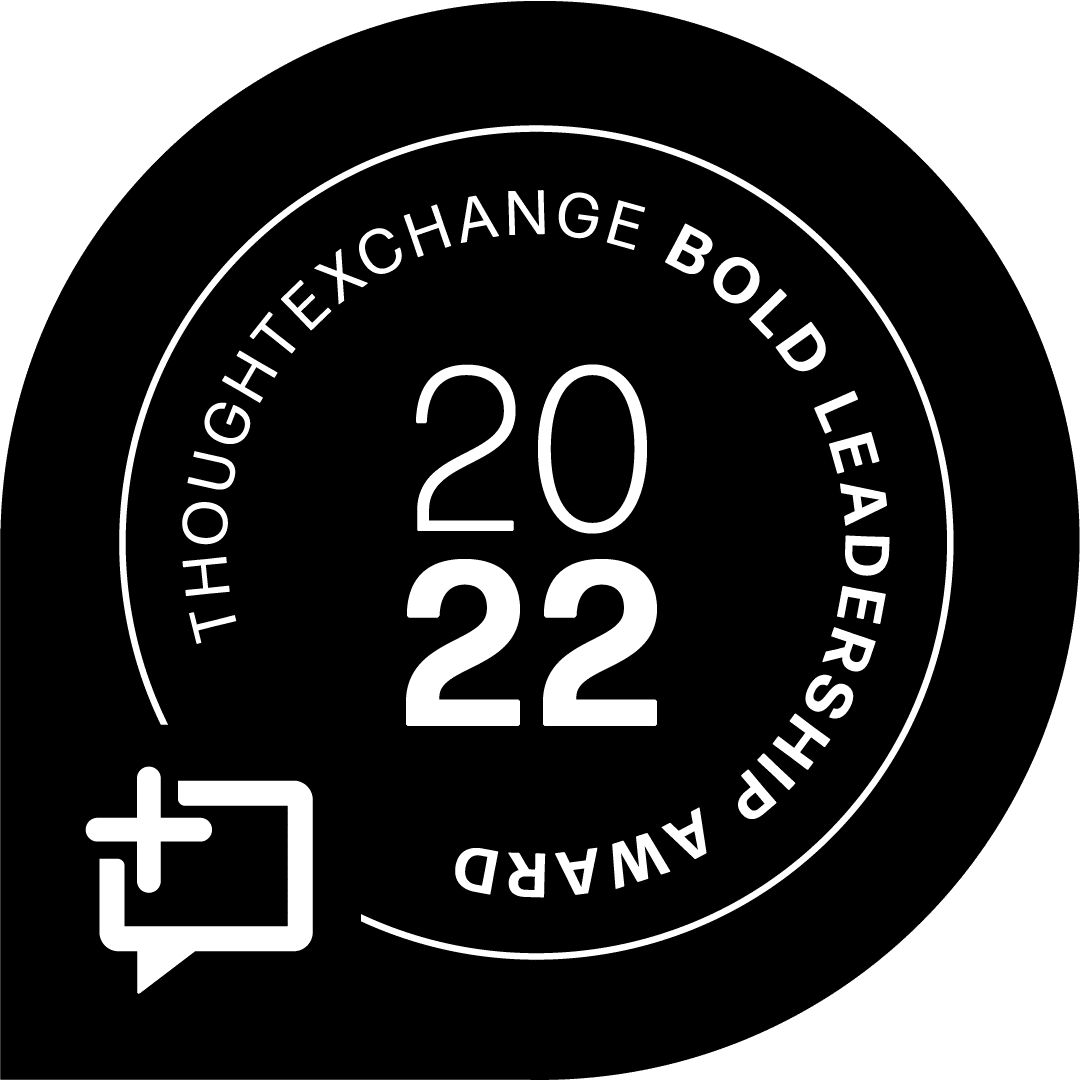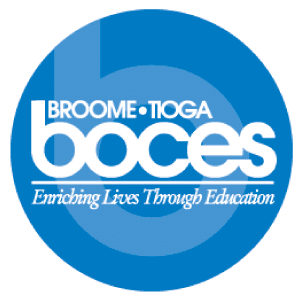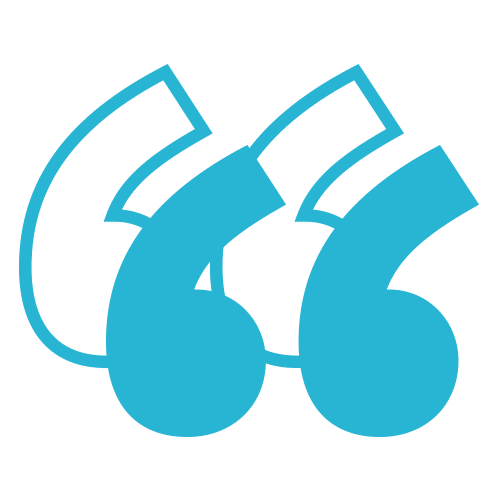Broome-Tioga BOCES Increases Employee Engagement Using ThoughtExchange

Background
Employing 1,200 people and serving nearly 35,000 students, the Broome-Tioga Board of Cooperative Educational Services (Broome-Tioga BOCES) serves as a liaison between local school districts and the New York State Education Department.
The organization allows districts to share educational and administrative service costs, reducing taxpayer costs and helping to enrich lives through its educational services.

Understanding employee sentiment for retention and growth
Fostering employee engagement and motivation is essential to Broome-Tioga BOCES’ staff retention and growth initiatives as a cooperative. They’re committed to maintaining a positive work environment where employees feel valued and fulfilled beyond financial compensation.
However, when District Superintendent Rebecca Stone wanted to run an employee engagement survey to understand employee sentiment, the organization’s size and complexity posed significant data management and decision-making challenges.
Although Broome-Tioga BOCES had used Google Forms for previous surveys, they decided to switch to ThoughtExchange. The AI experience and engagement platform allowed the organization to gather and analyze feedback efficiently across various departments and segments and immediately share results.
Stone explains: "The problem people have with surveys is that participants don’t see the results in a timely manner. Surveys also rarely result in visible change. Using ThoughtExchange, we were able to provide immediate feedback and use that feedback to focus on actions that resulted in positive changes.”
Data, analysis, and insights — in one place
Broome-Tioga BOCES needed easier results comparison and the ability to add new questions focused on Diversity, Equity, and Inclusion (DE&I). Unlike Google Forms, ThoughtExchange’s flexibility allowed them to adjust survey questions immediately without changing the user experience or compromising data integrity.
ThoughtExchange also provided robust data analysis and visualization capabilities, allowing the organization to easily filter and compare results by department and between organization segments. These features enabled departments to quickly analyze results and identify areas for improvement.
"When we used Google forms, information was downloaded into an excel spreadsheet that required knowledge of the program to filter out certain information. ThoughtExchange was much easier to use. One click of a button and information was filtered down to a department level."
Quick and easy for increased participation
When Broome-Tioga BOCES used Google Forms for their first employee engagement survey, their response rate was 56%. With ThoughtExchange this increased to 67%. Stone anticipates participation will continue to increase for future engagements. She credits the 11% increase to the platform’s ability to provide feedback quickly and easily with reports, and to being able to easily share results with department leaders to ensure timely action.
Stone says, “The increased number of people who did the survey was an indicator that it was easy to use and people felt comfortable using it. They could use their phone, they could use their computer, and we did print it out.”
An Exchange also revealed that employees were highly satisfied with working at the cooperative—an insight crucial for understanding what motivates employees beyond monetary compensation.
A powerful tool for organizational success
ThoughtExchange provided Broome-Tioga BOCES with a powerful tool for efficiently gathering, analyzing, and actioning employee feedback. Through thoughtful planning, training, and collaboration, Stone and her team have overcome initial employee engagement challenges to create a culture of transparency, engagement, and continuous improvement.
As they continue to leverage ThoughtExchange, Stone is excited to dig deeper into the data they collect using the platform’s AI-powered Advisor tool. The organization will also continue to lean into ThoughtExchange’s ability to surface areas of division and alignment as teams progress further into their employee engagement initiatives.



